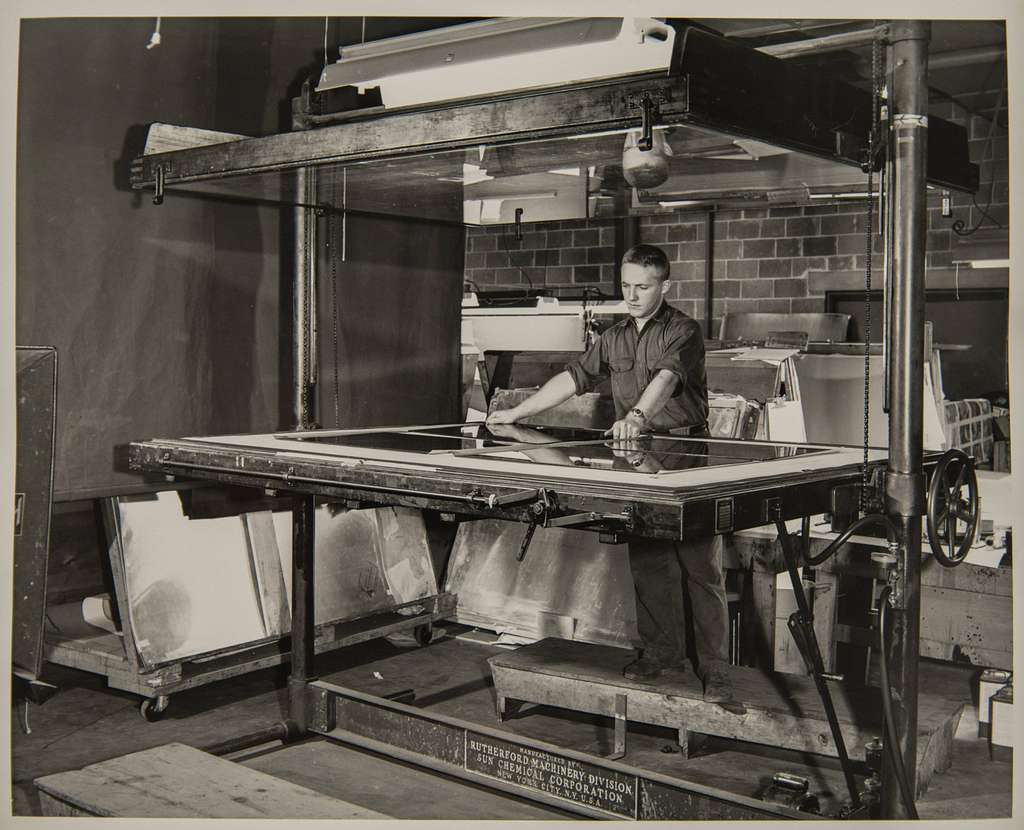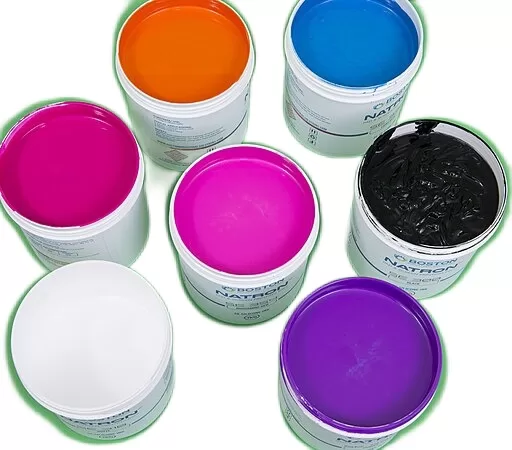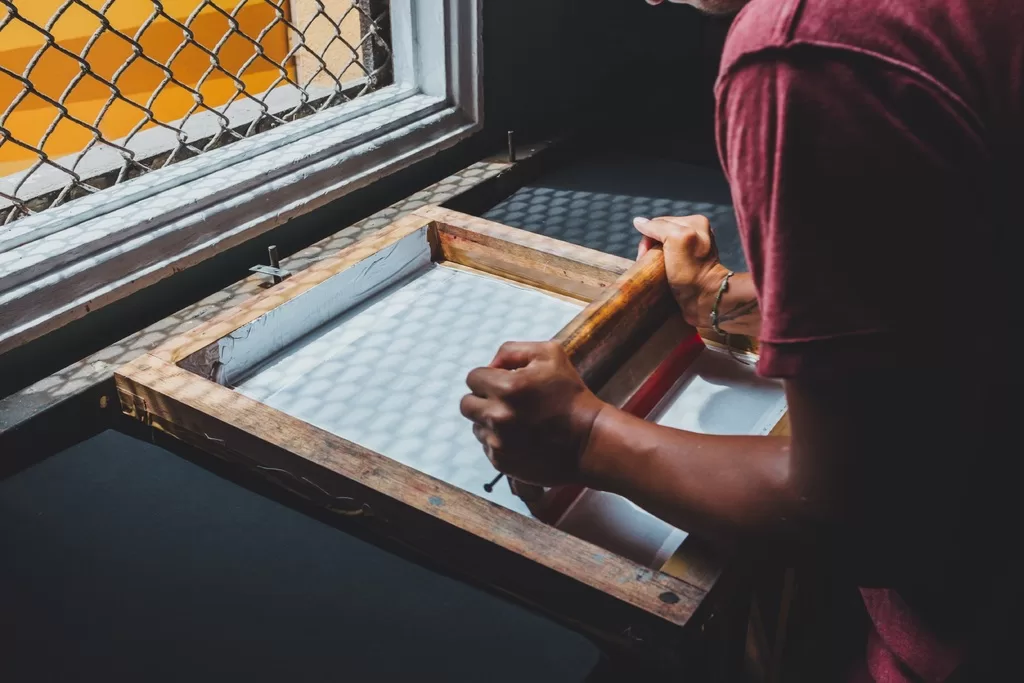Packaging printing offers diverse methods, like flexo, digital, gravure, and offset printing. When dealing with top-tier quality, consistent, long-run jobs, flexo and offset printing stand out in the packaging industry. Let us delve into a comparison between the two printing techniques to highlight their similarities, differences, and areas of excellence.
A Recap of Flexo and Offset Printing
In offset printing, ink transfers from a metal plate to a rubber blanket before reaching the printing surface. Unlike flexo, offset printing necessitates a flat, smooth surface for printing, making it the preferred choice for paper prints like newspapers and magazines. Notably, offset plates are metal-based, unlike the polymer or elastomer carriers in the flexo process.
How does flexo printing differ? It utilises image carriers like sleeves, plates, and cylinders, typically crafted from elastomers or polymers. These carriers undergo engraving to create the necessary raised design for printing purposes. Through an anilox roller, ink is transferred from the inkwell to the image carrier, then onto the substrate. Flexography excels in printing on flexible plastics and non-porous materials such as labels, films, foil, and various packaging substrates.
Essential elements in flexo printing, the anilox roller and printing plate play critical roles. The roller, featuring numerous small depressions, draws ink from the reservoir and evenly dispenses it on the printing plate. Every colour in the process requires a separate plate, mounted meticulously to ensure precise image transfer.
In flexo presses, maintaining substrate integrity amid varying temperatures is crucial. Chilling rollers regulate substrate temperatures during press runs, while UV drying systems use elevated temperatures for curing inks. To prevent damage to sensitive substrates, tension systems necessitate constant monitoring and adjustment.
Commonalities & Differences between Flexo and Offset
Before we dissect the disparities, let’s explore the shared traits between them:
- Both involve creating and using printing plates or image carriers
- Wet inks are integral to both processes
- Capable of printing on a wide array of substrates
- Ideal for lengthy print runs due to extensive setup requirements and plate or image carrier production
Despite these commonalities, flexo printing and offset printing diverge in their processes and applications. They exhibit key disparities in the following aspects:
Diversity in Printing Inks
Flexo accommodates a broader ink range, offering versatility in print applications. Offset printing primarily employs oil-based inks, alongside water-based and UV-curable options.
Machine Longevity Maintenance
Offset plates are susceptible to oxidation, demanding meticulous care to uphold printing standards. Regular maintenance routines are essential to preserve plate quality.
Cost-Effective Solutions
Flexo image carriers are cost-effective and durable, outlasting offset plates. Additionally, the wider range of inks in flexo accelerates print jobs, enhancing profitability.
Convenience in Print Processes
Flexo printing’s versatility on diverse substrates makes it a pragmatic choice. With a wider ink range and efficiency in handling large-scale projects, flexo often offers a smoother printing experience.
Choosing Wisely
The decision between flexo and offset printing hinges on job requirements, material suitability, and other project specifics. While offset struggles on uneven surfaces, flexo printing brings a versatile, convenient alternative, potentially aligning better with diverse printing needs.






